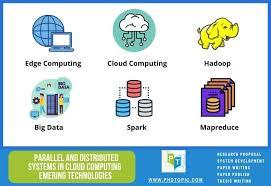Inquire
Search
Categories
- Managerial Effectiveness!
- Future and Predictions
- Motivatinal / Inspiring
- Other
- Entrepreneurship
- Mentoring & Guidance
- Marketing
- Networking
- HR & Recruiting
- Literature
- Shopping
- Career Management & Advancement
Read More
Disposable Ureteroscope Market Trends: Technological Advancements
The Disposable Ureteroscope Market trends indicate a significant shift towards single-use...
Customer Loyalty Management Software Market: Strategic Insights, Opportunities, Statistics by 2033
The Global Customer Loyalty Management Software Market Report presents an in-depth analysis,...
Launching Your E-Commerce Empire: A Step-by-Step Guide to Success
Welcome to the world of e-commerce, where opportunities abound, and entrepreneurs can turn their...
Young Entrepreneurs Driving Impactful Innovation: Pioneering Purpose-Driven Entrepreneurship for Positive Change
Introduction:
In the realm of entrepreneurship, a new generation of young innovators is...
CYBERSECURITY
Types of Cyber-attacks Cyber security risks can be even more challenging if the organization has...


 SkillClick
SkillClick

